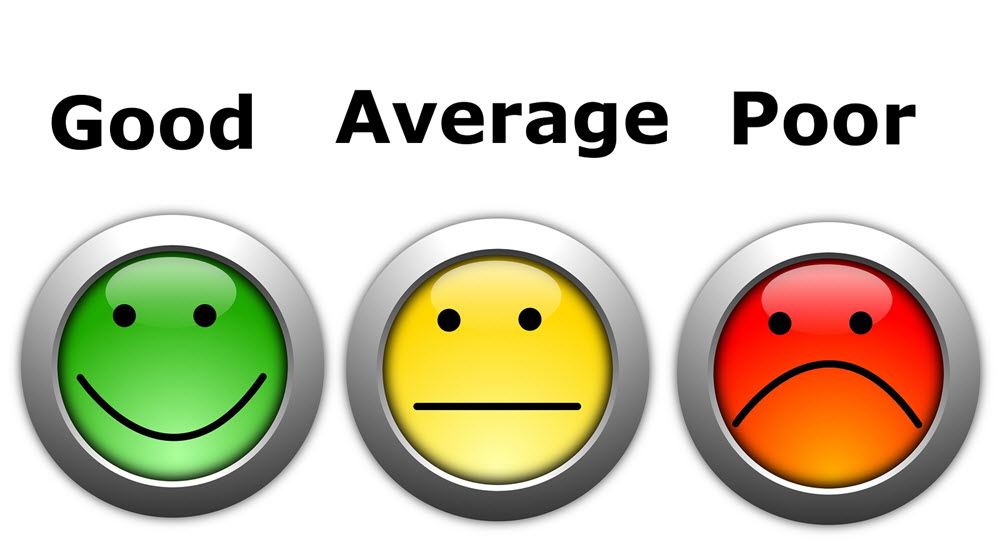Majority of customers that are unhappy with your product or service will never purchase from you ever again. The very number one goal of any organisation should be to make customers happy. Companies that do this, develop and prosper while those that do not, remain stagnant and go out of business.
This number one goal is however poorly presented in organisations metrics to track. One reason is that the ways of measuring customer satisfaction is really not straightforward like the measurement of website visitors or revenue streams thus making it difficult to outline clear objectives.
Also, solely making use of customer feedback to determine customer satisfaction is not efficient because most individuals keep quiet when they are satisfied. Some individuals do not see the need for getting in touch with the service provider while others try to pass on their complaints. Setting metrics and enhancing workers relationship with clients is a major strategy to measure the satisfaction of customers and also make sure that success is ensured.
Here are some of the great ways and standards for measuring customer satisfaction that can be applied in every business in recent times.
Standards for Measuring Customer Satisfaction
Customer Survey
One of the most common ways of measure customer satisfaction is the use of customer survey and this is the only possible way to get feedback from customer unless the customers themselves get in touch with you. Most individuals are busy and therefore do not have the time to drop comments. Surveys can be provided via numerous ways like phone calls and emails. To get valuable feedback, the customers should be allowed to answer questions on a subjective scale. You can carry out several surveys continuously so as to measure the constantly changing customers’ comments.
Understand Expectations
Having an understanding of what customers are expecting from you will give basis to satisfy them by giving them what they expect. Trying to determine what customers want in terms of products and services is how to satisfy their needs.
Get to Know Where You’re Failing
It is valuable to determine where you’re failing in situations where you aren’t meeting your customers’ requirements. Without this, measuring customer satisfaction would be difficult. If your employees are making promises the company can’t meet, you need to find out. Attend seminars and conferences that will provide you with great managing skills. You also need to find out the communication chain so as to know where the faults are and therefore carry out amendments.
Identify the Specifics
You need to collect all information to assist in assessing the situation on whether or not a customer is satisfied. Information on the purchase of the customer, what they do and do not like, purchase expectation and suggestion for development should be collected.
Identify the Competition
If a competing brand is doing better than you are, you need to know the reason. With the aid of surveys, invite the customers over to the company so that you can compare your products/services to the one they are being offered in another company.
Measuring the Sensitive Aspect
After purchasing a particular product, a customer’s experience is credited to quality. The customer’s feedback in relation to extent satisfaction, reliability and quality should be met. A change in tactics is prompted when customers begin to show dissatisfaction.
Measurement of Loyalty
The likelihood of customers coming back to repurchase a service or product is as a result of loyalty. Customer satisfaction is a big factor that helps predict if a repurchase is going to happen and it is affected by obvious performance quality and value of the product. Loyalty is also assured whenever a customer recommends your products or services to someone else.
Series of Quality Satisfaction Measurement
This strategy for measuring customer satisfaction takes the cognitive and affective pattern into account. The satisfaction of a customer is affected by the seeming quality the service or product is associated with and this is regulated by their expectations. Customers behaviour towards a service or product is the outcome of the information being passed to them either via the adverts being made on the products or via any experience with the service or product whatsoever whether real or perceived.
Cognition is the decision on if the service or product is useful or not. Such decisions are usually made based on the use of occasion and the use of application for which the service or the product is bought.
If you looking to improve your customer satisfaction or improve your quality management system, feel free to contact us for a free consultation with our ISO 9001 consultants.


















